Home>diy>Building & Construction>When Is It Safe For You To Place A Construction Load On A Concrete Structure
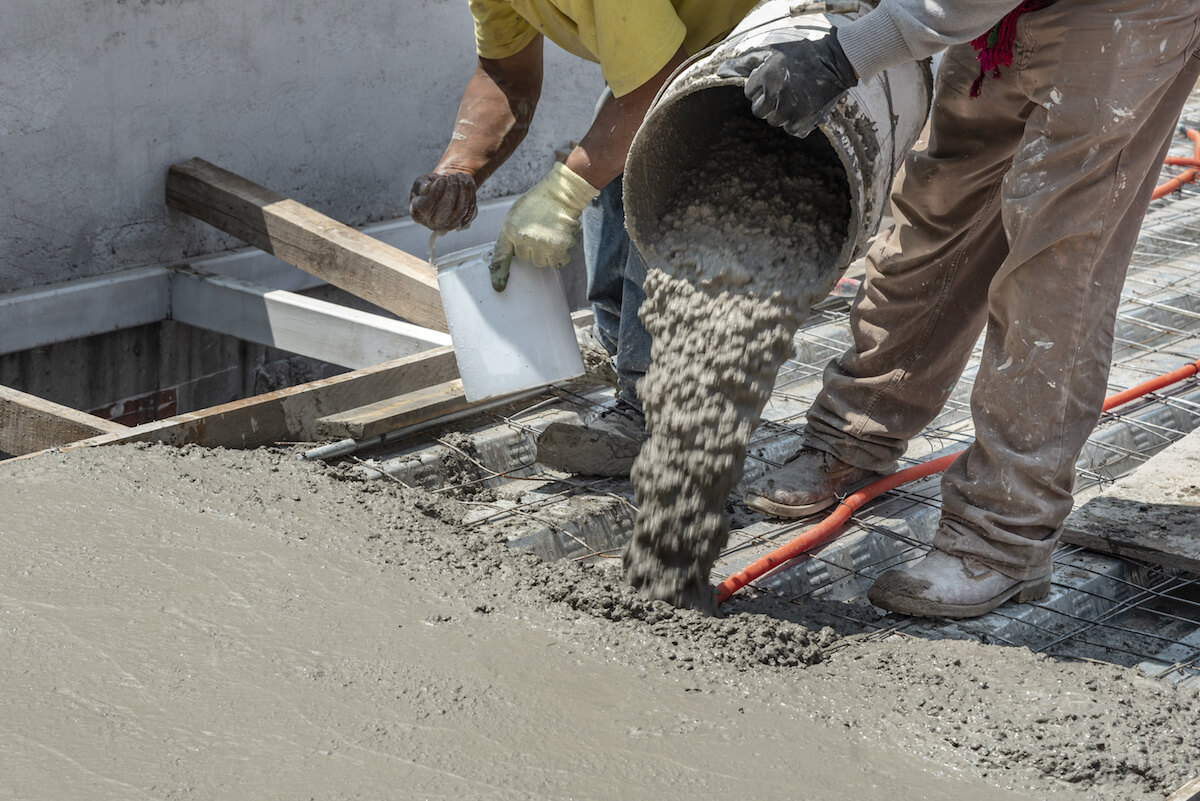

Building & Construction
When Is It Safe For You To Place A Construction Load On A Concrete Structure
Modified: September 1, 2024
Learn when it's safe to place a construction load on a concrete structure and ensure the stability of your building construction.
(Many of the links in this article redirect to a specific reviewed product. Your purchase of these products through affiliate links helps to generate commission for Storables.com, at no extra cost. Learn more)
Introduction
When it comes to construction projects, the safety and stability of the structures being built are of utmost importance. One crucial aspect that requires careful consideration is the placement of loads on concrete structures. The integrity of these structures depends on their ability to bear the weight of various construction materials and equipment during the building process.
Understanding the behavior of concrete structures and knowing when it is safe to place construction loads is essential to ensure the longevity and durability of the buildings being constructed. This article will guide you through the factors to consider before placing construction loads on concrete structures and provide guidelines to ensure the safety of such load placements.
But first, let’s take a closer look at what concrete structures are and the different types of concrete used in construction.
Key Takeaways:
- Placing construction loads on concrete structures requires careful timing and adherence to safety guidelines to ensure the building’s stability and safety. Understanding concrete behavior and following recommended load placement timelines are crucial.
- Regular monitoring and inspection are essential for ensuring the safety of concrete structures. By conducting strength tests and visual inspections, construction professionals can identify and address potential issues, ensuring the durability of the building.
Read more: What Is A Structure In Construction
Understanding Concrete Structures
Concrete structures are widely used in the construction industry due to their strength, versatility, and cost-effectiveness. These structures consist of a combination of cement, aggregates (such as sand and gravel), water, and other additives. The mixture is poured into molds or formwork and left to harden, forming a solid and durable material.
There are various types of concrete used in construction, each with its own set of properties and applications. The most common type is Portland cement concrete, which is made by combining Portland cement with aggregates, water, and sometimes admixtures to enhance specific characteristics.
The strength of concrete is influenced by several factors:
- Type of Cement: Different types of cement, such as Ordinary Portland Cement (OPC) and Portland Pozzolana Cement (PPC), have varying strengths and properties.
- Water-Cement Ratio: The amount of water used in the mixture affects the strength and durability of concrete. A low water-cement ratio generally results in higher strength.
- Aggregates: The size, shape, and quality of aggregates impact the strength and workability of concrete. Proper grading and the presence of well-graded aggregates contribute to a stronger final product.
- Admixtures: These are chemical compounds added to the concrete mixture to modify its properties. Admixtures can improve workability, accelerate or delay the setting time, and enhance the strength of the concrete.
- Curing: The process of curing involves maintaining the moisture content and temperature of newly placed concrete to promote hydration and strength development. Proper curing is vital for achieving the desired strength.
- Age of Concrete: The strength of concrete increases with time as the hydration process continues. It is important to consider the age of the concrete when determining its load-bearing capacity.
By understanding these factors and their impact on concrete strength, constructors can make informed decisions regarding load placement on concrete structures and ensure their long-term stability and safety.
Load-Bearing Capacity of Concrete Structures
The load-bearing capacity of a concrete structure refers to its ability to support the weight of the loads placed upon it. Understanding and accurately determining the load-bearing capacity is crucial to prevent structural failures and ensure the safety of the building and its occupants.
Determining the load-bearing capacity of a concrete structure involves thorough calculations and analysis. Structural engineers use mathematical models and formulas to assess the maximum load that a structure can safely carry without experiencing excessive deflection or failure.
Several factors influence the load-bearing capacity of concrete structures:
- Concrete Strength: The compressive strength of the concrete is a primary indicator of its load-bearing capacity. A higher compressive strength allows the structure to bear heavier loads.
- Reinforcement: The presence of reinforcing materials, such as steel bars or mesh, enhances the load-bearing capacity of concrete structures. Reinforcement helps distribute the loads and improve overall structural stability.
- Geometry and Design: The shape and design of the structure, including its span, height, and cross-sectional dimensions, play a crucial role in determining its load-bearing capacity. Structures with efficient and well-designed members can support higher loads.
- Live Loads and Dead Loads: Live loads refer to the temporary loads imposed on the structure, such as the weight of people, furniture, and equipment. Dead loads, on the other hand, are the permanent loads, including the weight of the structure itself. Both live loads and dead loads must be considered when evaluating the load-bearing capacity.
- Environmental Factors: Environmental conditions, such as high winds, seismic activity, or extreme temperatures, can affect the load-bearing capacity of concrete structures. It is essential to consider these external factors during the design and construction phases.
Importantly, safety factors are paramount when determining the load-bearing capacity. Engineers typically incorporate safety margins into their calculations to ensure that structures can withstand unexpected or dynamic loads. Safety factors account for uncertainties in material properties, construction methods, and loading conditions, providing an extra level of protection against failure.
By considering these factors and adhering to safety guidelines, construction professionals can accurately assess the load-bearing capacity of concrete structures and ensure the safety and longevity of the buildings they construct.
Construction Loads on Concrete Structures
Construction loads refer to the temporary loads imposed on concrete structures during the construction process. These loads include the weight of construction materials, equipment, and workers. Understanding the different types of construction loads and their impact on concrete structures is crucial for ensuring the structural integrity and safety of the building.
1. Definition of Construction Loads:
Construction loads encompass various types of loads that are imposed on the structure during different phases of construction. These loads are usually temporary and are removed once construction is complete. Examples of construction loads include the weight of formwork, scaffolding, construction materials (such as bricks, steel beams, and concrete blocks), construction equipment (such as cranes and forklifts), and the weight of workers.
2. Types of Construction Loads:
There are several types of construction loads that can be present during different stages of construction:
- Dead Loads: These are the permanent loads that remain on the structure once construction is complete. Dead loads include the weight of the structure itself, as well as non-moving fixtures such as walls, flooring, and permanent mechanical systems.
- Live Loads: Live loads consist of movable or temporary loads that can vary in magnitude and location. They include loads from occupants, furniture, stored materials, and equipment that are not part of the permanent structure.
- Imposed Loads: These loads are caused by activities or actions imposed on the structure during construction, such as concrete pouring and consolidation, installation of equipment, or temporary storage of construction materials. They are often concentrated at specific points or areas of the structure.
- Construction Traffic: This includes the loads generated by construction vehicles and equipment moving on the structure. Construction traffic can cause vibrations and dynamic loads that need to be considered during the construction process.
3. Impact of Construction Loads on Concrete Structures:
Construction loads can have a significant impact on the performance and durability of concrete structures. Excessive or improperly distributed loads can lead to structural damage, including cracking, deformation, and even collapse.
During the construction period, the concrete may not have achieved its full strength, and the structure may not be able to bear heavy loads. Therefore, it is crucial to consider the load capacity of the structure, as well as any temporary reinforcements or bracing required during construction to distribute the loads effectively.
By understanding the definition of construction loads, the different types of construction loads, and their impact on concrete structures, construction professionals can plan and execute construction activities in a way that ensures the safety and integrity of the structure throughout the construction process.
Wait for the concrete to reach its required strength before placing a construction load. This typically takes about 7 days for most concrete, but can vary based on the specific mix and environmental conditions. Always consult the engineer or contractor for guidance.
Factors to Consider Before Placing Construction Loads
Before placing construction loads on concrete structures, there are several important factors that need to be considered to ensure the safety and integrity of the structure. These factors include concrete curing time, structural stability, and adherence to design specifications and recommendations.
- Concrete Curing Time: Concrete curing is the process of allowing the concrete to gain strength and harden over time. It is essential to wait for the concrete to reach the specified curing time before subjecting it to significant construction loads. Premature loading can lead to cracks and compromised structural integrity. The curing time depends on several factors, including the type of concrete mix, environmental conditions, and the size and complexity of the structure. It is crucial to follow the recommended curing time provided by structural engineers or construction experts.
- Structural Stability: Before placing construction loads, it is essential to ensure that the structure is stable and capable of supporting the intended loads. Structural stability includes verifying the adequacy of the foundation, checking for any cracks or damage, and assessing the overall structural integrity. If there are any concerns about stability, additional supports or reinforcements may be necessary before proceeding with the load placement.
- Design Specifications and Recommendations: The design specifications and recommendations provided by structural engineers should always be followed. These specifications outline the maximum allowable loads, placement guidelines, and any additional reinforcement requirements. It is vital to review and understand the design documents and consult with the engineers to ensure compliance with the recommended guidelines and procedures.
By considering these factors and addressing any concerns before placing construction loads, the risk of structural damage or failure can be significantly reduced. Adhering to proper curing time, ensuring structural stability, and following design specifications are crucial steps to protect the integrity and safety of the concrete structure.
Read more: When Does Pre-Construction Take Place?
Safe Load Placement Guidelines
When it comes to placing construction loads on concrete structures, following safe load placement guidelines is crucial to ensure the structural integrity and safety of the building. These guidelines include considering the general timeline for load placement, specific load placement considerations for different types of structures, and recommended limits for load placement.
- General Timeline for Load Placement: The general timeline for load placement on concrete structures depends on various factors, including the concrete’s curing time, ambient conditions, and construction schedule. It is important to allow sufficient time for the concrete to cure and gain strength before subjecting it to significant loads. Typically, load placement is avoided until the concrete has reached a certain compressive strength, often specified by engineers or construction experts. Following the recommended timeline for load placement helps minimize the risk of premature load-induced damage to the structure.
- Specific Load Placement Considerations for Different Types of Structures: Different types of structures have specific load placement considerations due to their varying design and construction characteristics. For example:
- In high-rise buildings, loads should be placed gradually and systematically according to the construction sequence, with consideration given to the structural capacity at each level.
- In bridges, loads should be distributed evenly to ensure proper weight distribution and avoid excessive stresses in specific areas.
- In slabs and floor systems, loads should be placed uniformly to prevent localized overloading and potential cracking.
- In retaining walls, loads should be carefully considered to prevent failure or excessive movement.
Considering the specific load placement requirements for different types of structures is essential to maintain their structural integrity and performance.
- Recommended Limits for Load Placement: There are recommended limits for load placement on concrete structures that should be followed to prevent overloading and potential failures. These limits take into account factors such as the strength of the concrete, the design specifications, and safety factors determined by structural engineers. Exceeding the recommended limits can put excessive stress on the structure and compromise its safety. It is crucial to consult the design documents and recommendations provided by engineers to ensure that the loads placed on the structure stay within the recommended limits.
By adhering to safe load placement guidelines, which include following the general timeline for load placement, considering specific load placement considerations for different types of structures, and adhering to recommended limits, construction professionals can ensure the safety and structural integrity of the concrete structures they build.
Monitoring and Inspection
Monitoring and inspection play a crucial role in ensuring the structural safety and integrity of concrete structures. By implementing effective monitoring techniques and conducting regular inspections, potential issues can be identified early, allowing for timely intervention and maintenance. This article will explore the role of monitoring in ensuring structural safety, the process of concrete strength testing, and the importance of visual inspection techniques.
- The Role of Monitoring in Ensuring Structural Safety: Monitoring involves regularly assessing the performance and behavior of a concrete structure throughout its lifespan. It helps identify any changes or abnormalities that may impact the structure’s safety. Monitoring techniques, such as load monitoring, vibration monitoring, and crack monitoring, provide valuable data on the structure’s response to external loads, environmental conditions, and potential deterioration. By monitoring key parameters, construction professionals can ensure that the structure remains within safe operational limits and address any issues promptly.
- Concrete Strength Testing: Concrete strength testing is an essential part of ensuring the structural integrity of a building. The compressive strength of concrete is a critical parameter that determines its load-bearing capacity. Concrete strength tests involve extracting core samples from the structure and subjecting them to compressive loads in a controlled laboratory environment. The test results provide valuable information about the concrete’s strength and can help validate if it meets the design requirements. Periodic strength testing during construction and throughout the structure’s life cycle helps identify any potential weaknesses or degradation and facilitates appropriate maintenance or rehabilitation measures.
- Visual Inspection Techniques: Visual inspection is a fundamental method for assessing the condition of concrete structures. By visually examining the structure’s surfaces, construction professionals can identify signs of distress, such as cracks, spalling, or corrosion of reinforcing steel. Visual inspection can be performed using various techniques, including close-up inspections, remote visual inspections using cameras or drones, and non-destructive testing methods like ground-penetrating radar or infrared thermography. These inspections help identify areas that require further investigation or potential repairs, ensuring the safety and durability of the structure.
By implementing comprehensive monitoring programs, conducting regular concrete strength tests, and performing diligent visual inspections, construction professionals can proactively identify any issues or potential risks to the structural safety of concrete structures. This proactive approach allows for timely maintenance and corrective measures, ensuring the longevity and safety of the structures throughout their expected lifespan.
Conclusion
Placing construction loads on concrete structures requires careful consideration and adherence to safe practices to ensure the safety and stability of the building. Understanding the behavior and characteristics of concrete structures, as well as the factors that influence their load-bearing capacity, is crucial for construction professionals to make informed decisions.
By considering factors such as concrete curing time, structural stability, design specifications, and recommendations, construction professionals can determine the appropriate timing and methodology for load placement. Following safe load placement guidelines, including the general timeline for load placement, specific considerations for different types of structures, and recommended limits, helps prevent overloading and protect the integrity of the concrete structure.
Regular monitoring and inspection play a vital role in ensuring the structural safety of concrete structures. Continuous monitoring helps detect potential issues or changes in structural behavior, allowing for timely intervention and maintenance. Concrete strength testing provides valuable information about the load-bearing capacity of the structure and helps assess its overall integrity. Visual inspection techniques help identify signs of distress or deterioration, enabling prompt action to ensure the durability and safety of the structure.
In conclusion, when placing construction loads on concrete structures, it is important to prioritize safety and structural stability. By considering the factors mentioned, following safe load placement guidelines, and implementing monitoring and inspection protocols, construction professionals can construct and maintain buildings that are strong, stable, and safe for long-term use.
Frequently Asked Questions about When Is It Safe For You To Place A Construction Load On A Concrete Structure
Was this page helpful?
At Storables.com, we guarantee accurate and reliable information. Our content, validated by Expert Board Contributors, is crafted following stringent Editorial Policies. We're committed to providing you with well-researched, expert-backed insights for all your informational needs.
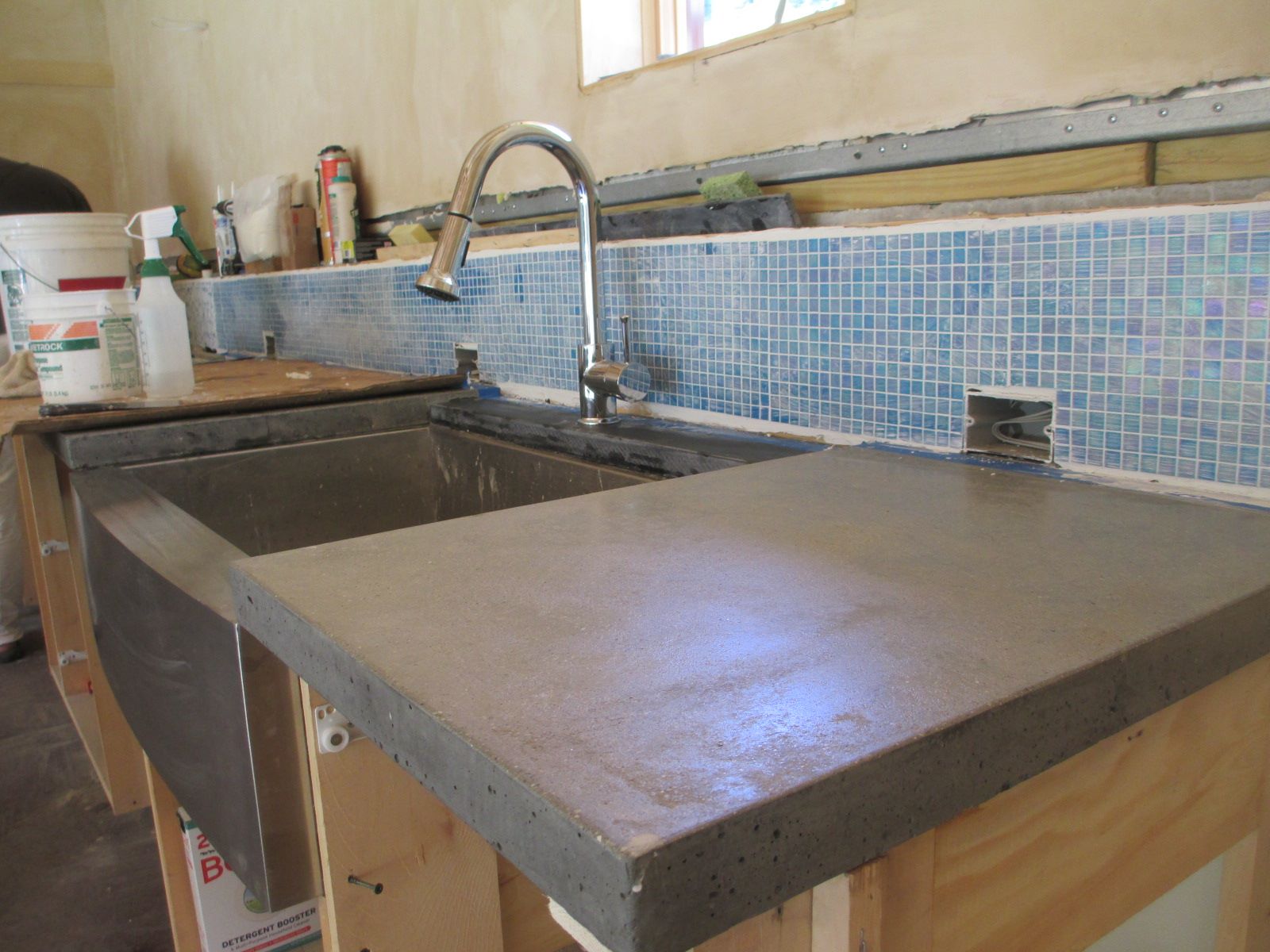


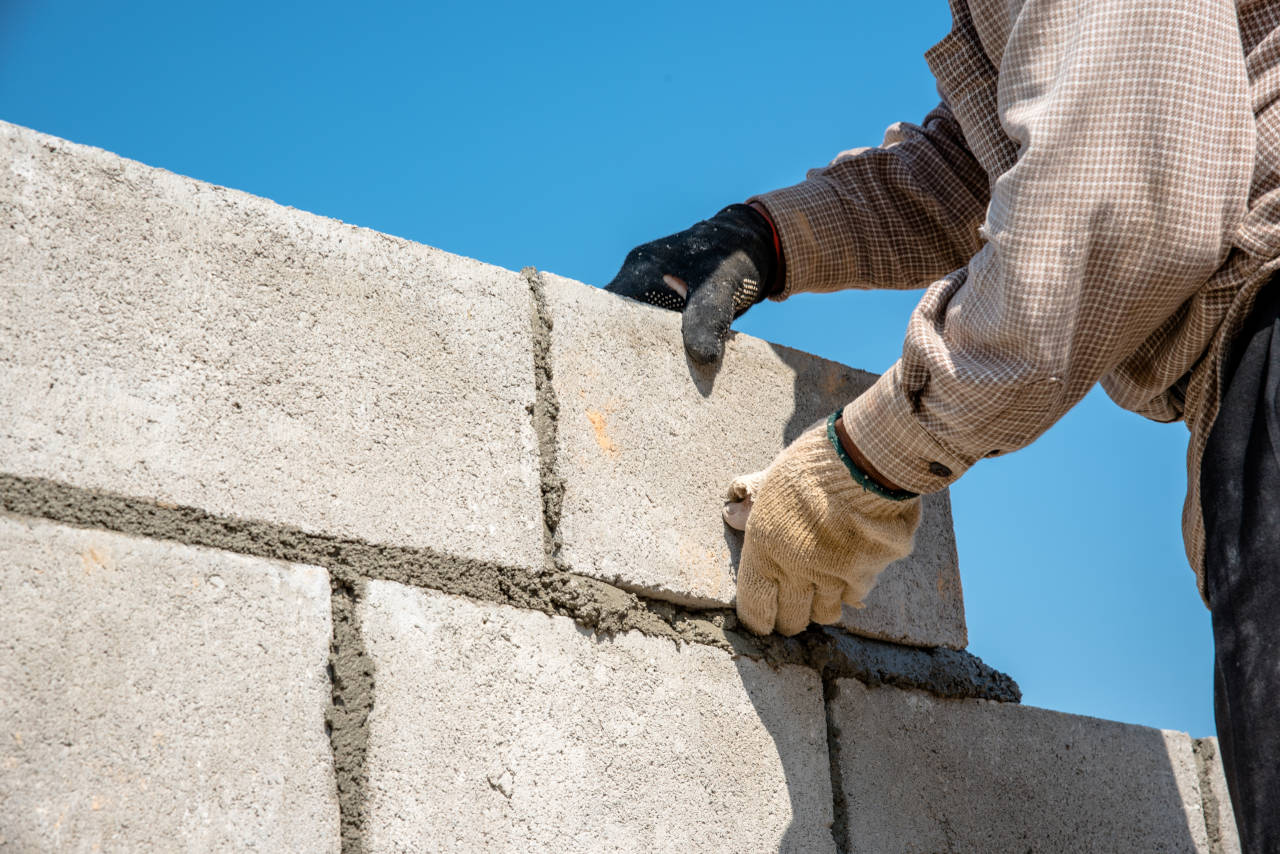


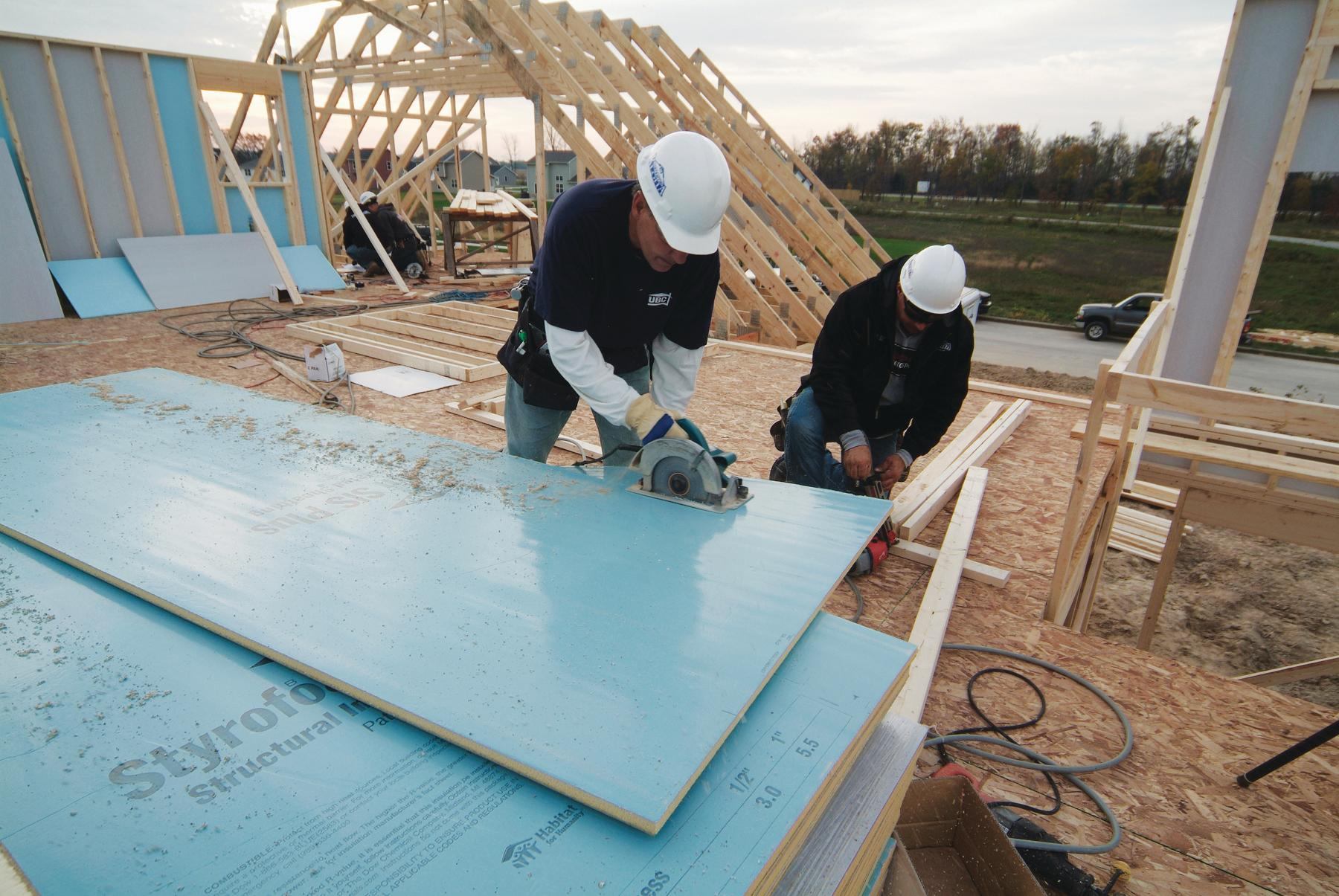




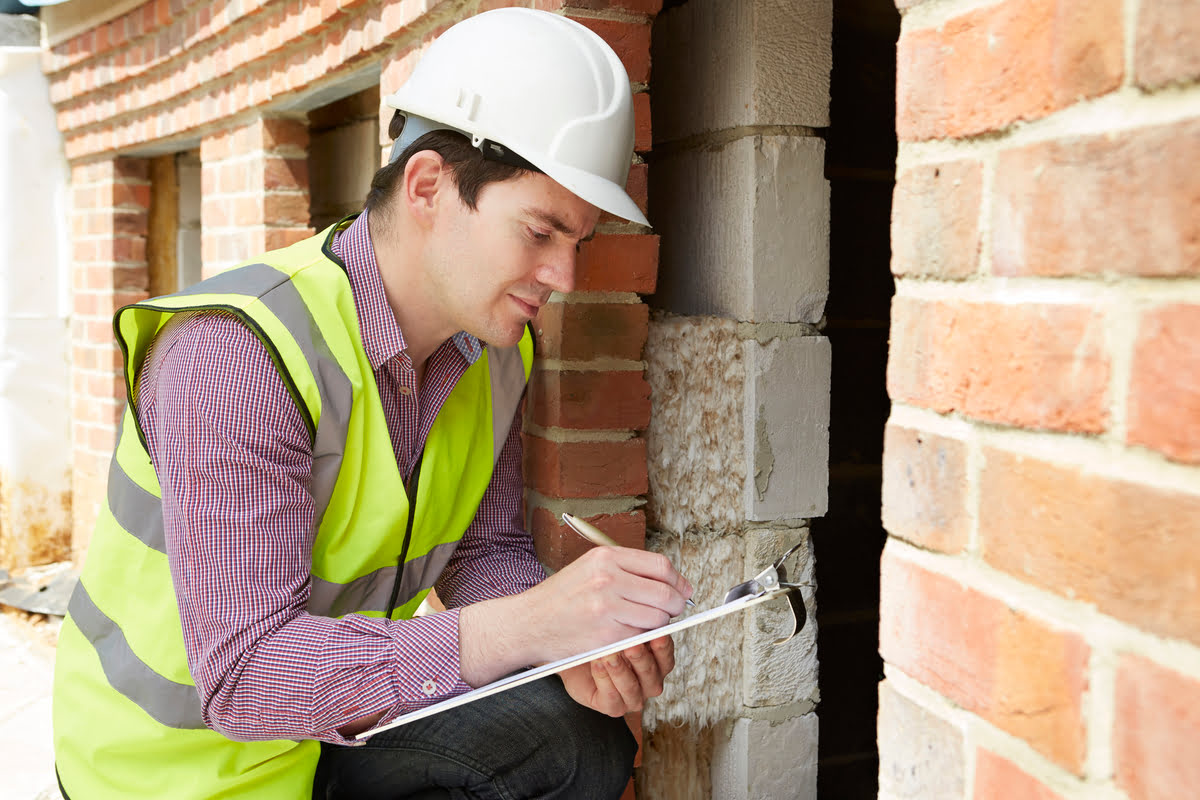

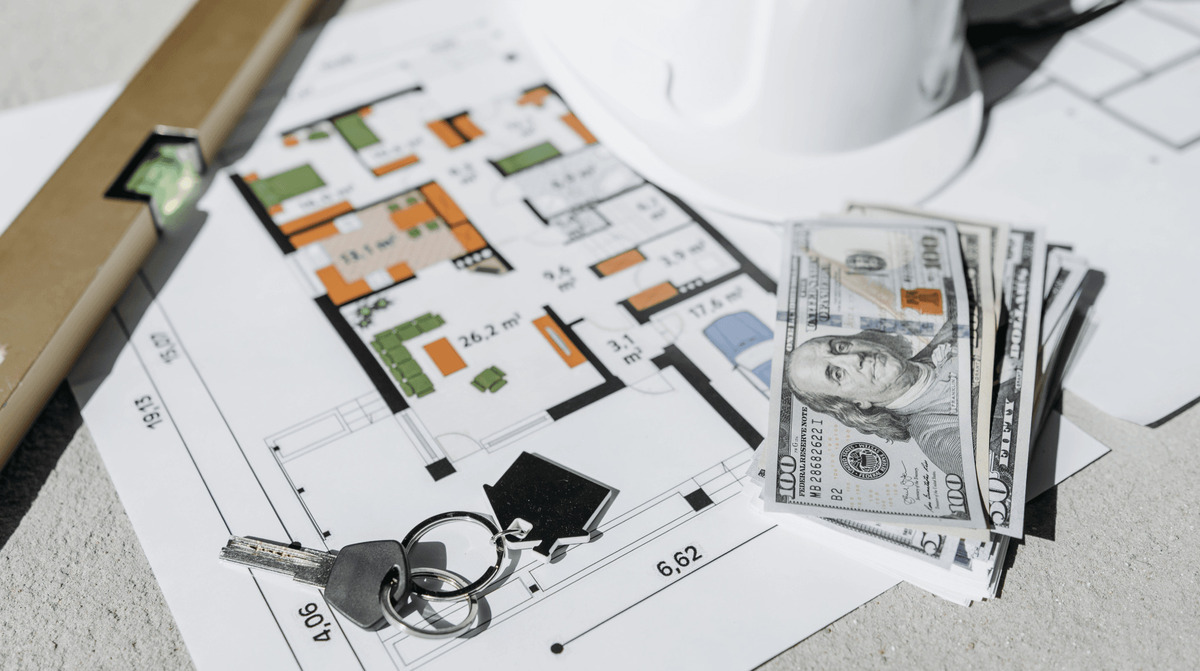

0 thoughts on “When Is It Safe For You To Place A Construction Load On A Concrete Structure”